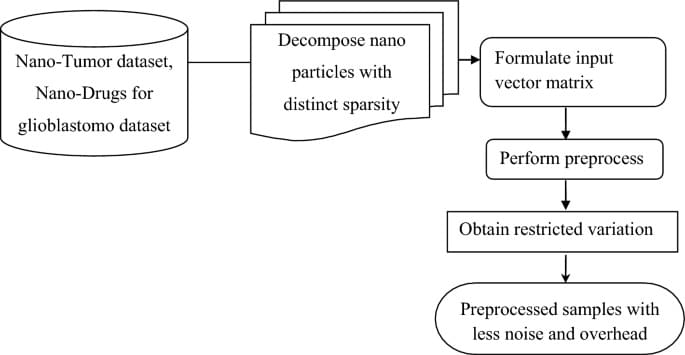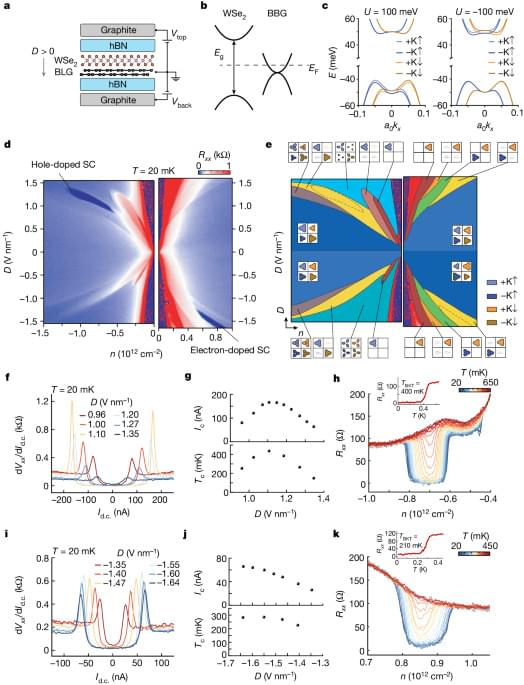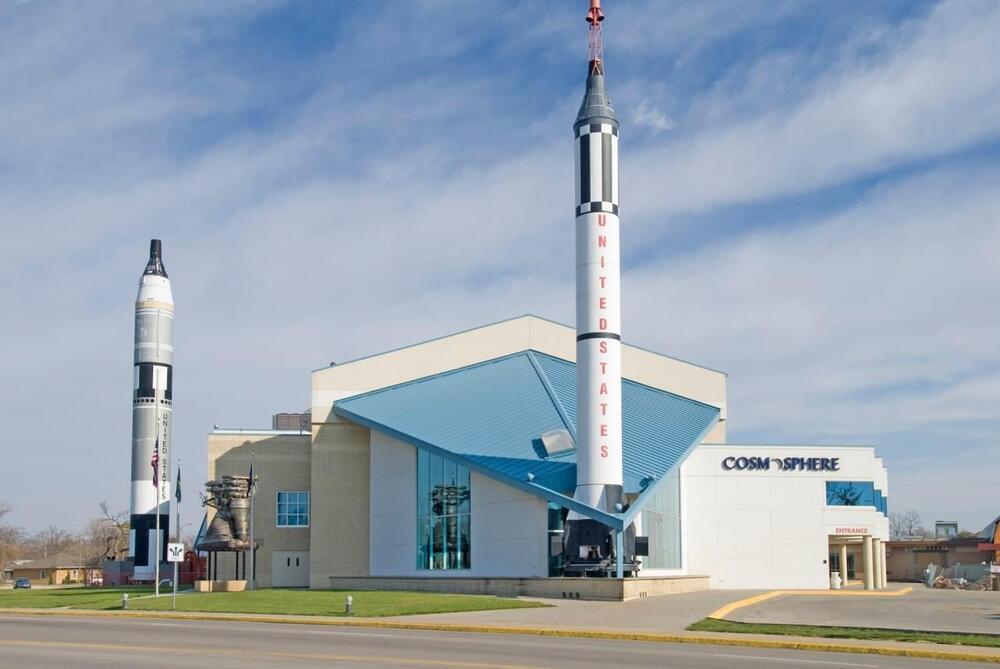Technological singularity: a hypothetical event where artificial intelligence (AI) surpasses human capabilities and leads to a transformative cascade of change.
Technological singularity: a hypothetical event where artificial intelligence (AI), pushed by exponential growth in computational power and intelligence, surpasses human capabilities and leads to a transformative cascade of change.
Coined by mathematician John von Neumann and popularized by futurist Ray Kurzweil, the singularity signifies a critical moment in human history—one where the trajectory of civilization takes an unpredictable turn and the boundaries between humans and machines blur. Kurzweil argued that technological progress follows an exponential trajectory and predicted that the singularity would occur around the year 2045, leading to a merging of human and machine intelligence and unprecedented levels of innovation.





